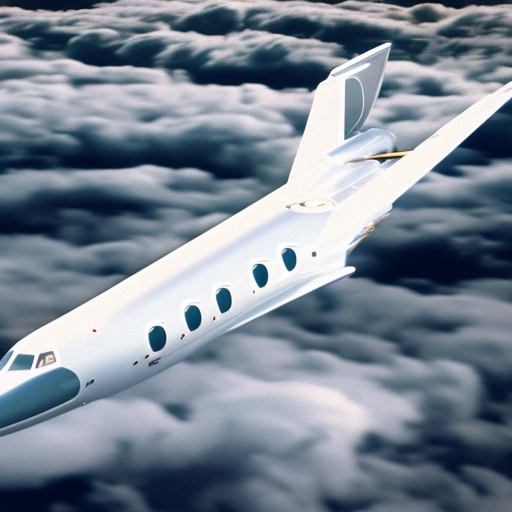Summary:
Jet propulsion is a method of propulsion that involves the expulsion of a high-speed jet of fluid or gas in order to generate thrust. It is commonly used in aircraft and spacecraft to overcome the forces of drag and gravity. Jet engines work by taking in air, compressing it, adding fuel, and igniting it to create a high-velocity exhaust jet. There are different types of jet engines, including turbojets, turbofans, and ramjets, each with its own advantages and applications. Jet propulsion has revolutionized the field of transportation and has enabled humans to travel faster and more efficiently than ever before.
Introduction:
Jet propulsion is a technology that allows for the efficient movement of vehicles through the expulsion of a high-speed jet of fluid or gas. It is widely used in aircraft and spacecraft to overcome the forces of drag and gravity and propel them forward. Jet engines, the primary devices used for jet propulsion, have revolutionized the field of transportation and have played a crucial role in the development of aviation and space exploration.
Types of Jet Engines:
There are several types of jet engines, each with its own unique characteristics and applications. The most common types include turbojets, turbofans, and ramjets. Turbojets are the simplest form of jet engines and work by compressing incoming air, adding fuel, and igniting it to create a high-velocity exhaust jet. Turbofans, on the other hand, have an additional fan that bypasses some of the air around the combustion chamber, resulting in improved fuel efficiency and quieter operation. Ramjets are a type of jet engine that do not have any moving parts and rely on the forward motion of the vehicle to compress incoming air. They are most efficient at high speeds and altitudes.
Working Principle:
The basic principle behind jet propulsion is Newton’s third law of motion, which states that for every action, there is an equal and opposite reaction. In the case of jet engines, the action is the expulsion of high-velocity exhaust gases, and the reaction is the forward thrust that propels the vehicle. Jet engines work by taking in air from the surroundings, compressing it using a series of rotating blades, and then adding fuel to the compressed air. The fuel-air mixture is ignited, resulting in a rapid expansion of gases and the creation of a high-speed exhaust jet. This jet of gases is expelled from the rear of the engine, generating thrust that propels the vehicle forward.
Advantages and Applications:
Jet propulsion offers several advantages over other forms of propulsion. It allows for high speeds, efficient fuel consumption, and the ability to operate in a wide range of altitudes and environments. Jet engines are commonly used in commercial and military aircraft, as well as in spacecraft for space exploration. They have also found applications in other fields, such as power generation and water propulsion systems for boats. Jet propulsion has significantly improved the speed and efficiency of transportation, enabling humans to travel faster and explore the world and beyond.
Conclusion:
Jet propulsion is a technology that has revolutionized the field of transportation. It involves the expulsion of a high-speed jet of fluid or gas to generate thrust and propel vehicles forward. Jet engines, such as turbojets, turbofans, and ramjets, are the primary devices used for jet propulsion. They work by compressing air, adding fuel, and igniting it to create a high-velocity exhaust jet. Jet propulsion has enabled humans to travel faster and more efficiently than ever before, and it continues to play a crucial role in aviation, space exploration, and other fields.












